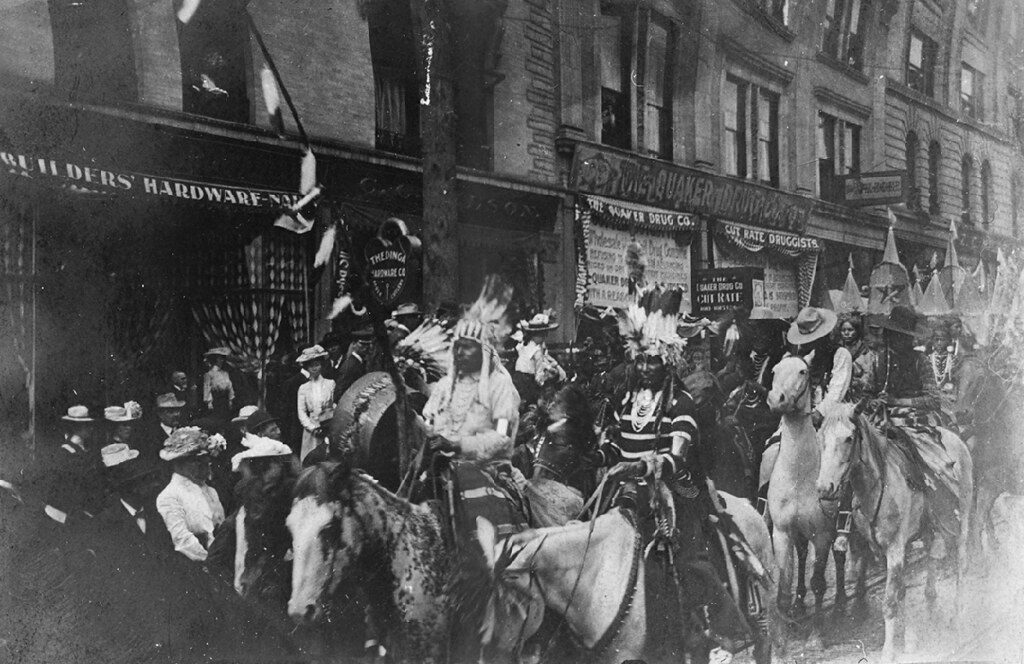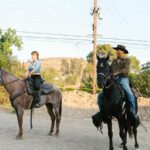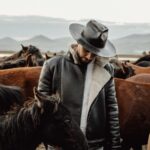Across the diverse tapestry of Native American cultures, horses occupy a profound and multifaceted role in creation narratives and spiritual traditions. Though horses were reintroduced to the Americas by European colonizers in the 15th century, many Native American tribes integrated these majestic creatures into their origin stories, suggesting a deeper, more ancient connection that transcends historical timelines. These stories reflect the transformative impact horses had on Indigenous communities—revolutionizing transportation, hunting practices, warfare tactics, and social structures. Beyond their practical use, horses became spiritual beings in Native cosmologies, often serving as messengers between human and divine realms. This article explores the varied and nuanced roles horses play in Native American creation stories, illuminating how these narratives express core values, environmental relationships, and the spiritual worldviews of diverse Indigenous cultures.
Sacred Origins: Horses as Divine Gifts

In many Native American creation stories, horses emerge not as ordinary animals but as sacred gifts from divine forces. The Blackfoot tradition tells of how Old Man (Napi) presented the first horse to the people, along with specific instructions for its care and spiritual importance. Similarly, in Lakota cosmology, horses appeared to the people through spiritual visions during times of great need. The Navajo creation story describes horses being formed from the manes and tails of supernatural winds, linking them to speed and weather spirits. These narratives emphasize that horses were not merely utilitarian additions but sacred beings entrusted to human care, establishing a relationship grounded in mutual respect and spiritual responsibility.
Underwater Horse Beings in Plains Traditions
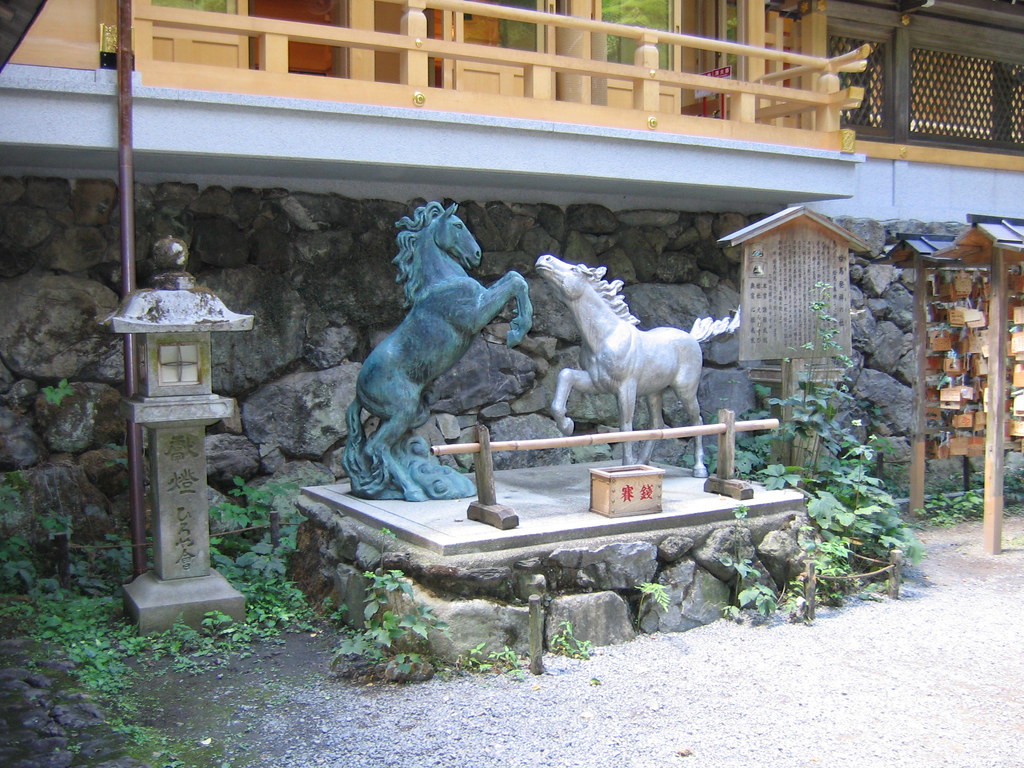
A fascinating motif in Plains Indian mythology features horses emerging from lakes and rivers. The Pawnee tell of the first horses rising from sacred lakes, dripping with water and adorned with aquatic plants. In some Lakota traditions, water spirits transformed themselves into horses to assist humans on their journey. These origin stories link horses with water—an essential life-giving force—suggesting their connection to fertility, abundance, and sustenance. The imagery of horses emerging from water serves as a powerful metaphor for transformation, reflecting the profound changes these animals brought to Plains cultures. These associations also inspired ceremonies near bodies of water dedicated to honoring and caring for horses.
The Horse as Cosmic Mediator

Many Native American creation narratives portray horses as cosmic mediators capable of traversing different planes of existence. In Lakota cosmology, horses were believed to move freely between the physical and spiritual realms, carrying messages and prayers between humans and divine entities. The Blackfoot tradition describes horses as beings with special access to Thunder, a powerful spiritual force, allowing them to serve as protectors during storms. Diné (Navajo) stories similarly depict horses as creatures connected to both earthly and celestial domains, enabling them to guide humans through physical and spiritual landscapes. This mediating role established horses as essential partners in ceremonial life, where their presence facilitated communication with otherwise inaccessible spiritual dimensions.
Transformation Stories: Humans Becoming Horses
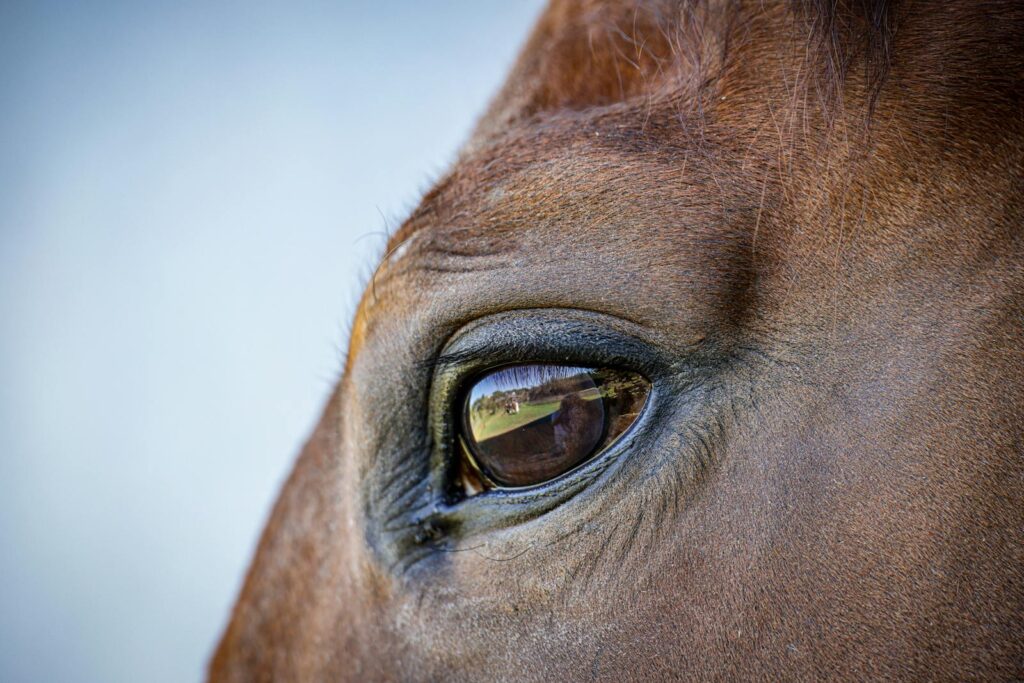
Transformation stories featuring humans turning into horses—or vice versa—appear across multiple tribal traditions, highlighting the perceived kinship between the two. In certain Kiowa stories, a young man transforms into the first horse to save his people from starvation, demonstrating ultimate sacrifice and selflessness. Comanche tales include accounts of horse spirits taking human form to teach proper care and riding techniques before revealing their true nature. The Nez Perce tradition tells of a woman who married a horse spirit, giving birth to the first Appaloosa horses and establishing both a practical and spiritual lineage. These narratives blur the boundaries between human and animal identities, suggesting a fundamental connection and interchangeability that transcend physical form.
Sun Horses and Celestial Connections

Solar associations with horses appear prominently in several Native American cosmologies, linking these animals to life-giving energy and cyclical time. In certain Pueblo traditions, horses are described as pulling the sun across the sky each day, playing a vital role in maintaining cosmic order. Some Plains tribes associate particular horse colors—especially palominos and buckskins—with the sun’s golden rays, viewing them as especially powerful in ceremonial contexts. Ute creation stories speak of the first horses being formed from sunbeams, explaining their speed, warmth, and vitality. These solar connections established horses as creatures of light and energy, making them important participants in solstice ceremonies and other observances tied to celestial movements.
The Horse’s Role in Origin of Death Stories
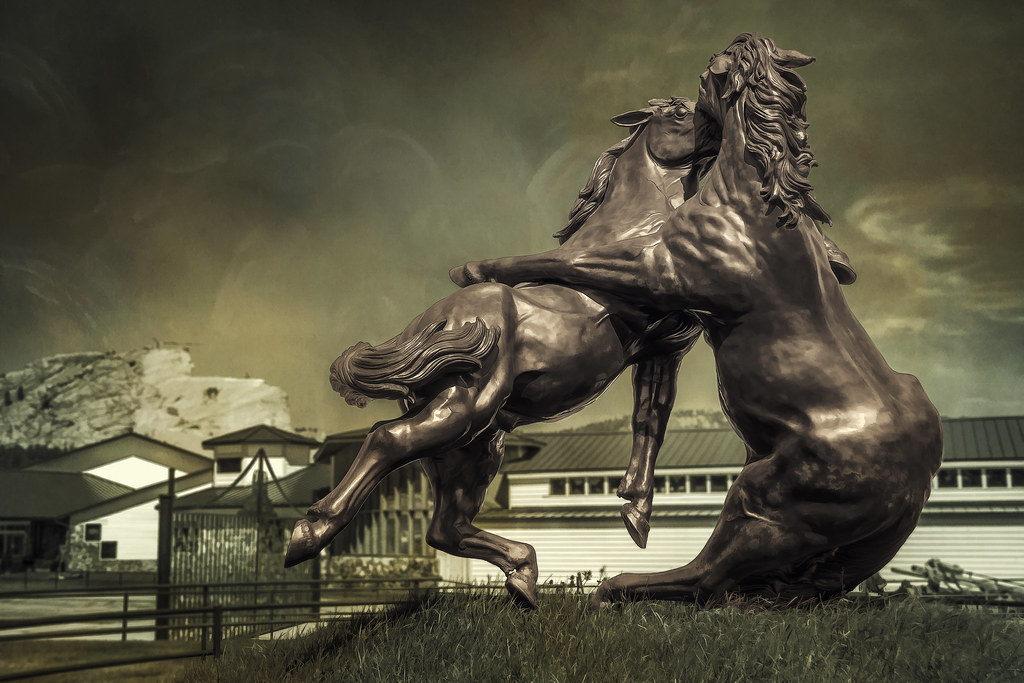
Several tribal narratives include horses in explanations of how death entered the world, emphasizing their role in life transitions. A common story pattern involves a horse refusing or being unable to carry a message that would have prevented death from affecting humanity. In contrast, other traditions—particularly among Southwest tribes—tell of spirit horses that guide souls to the afterlife, serving as psychopomps ensuring safe passage between worlds. The Lakota speak of ghost horses that appear at death to carry the deceased to the spirit road in the Milky Way. These stories reflect complex attitudes toward mortality, with horses both implicated in the origin of death and instrumental in navigating its consequences.
Creation of Horse Breeds and Colors

Many Native American creation stories include explanations for the various colors and physical traits of horses, assigning spiritual significance to these differences. Nez Perce oral traditions describe the Appaloosa’s spotted coat as reflecting the starry night sky, connecting the breed to celestial power. The Comanche believed that horses of different colors held distinct medicine powers—black horses were best for night raids, while white horses carried special protection. Cherokee stories tell how the Creator painted horses in different colors to represent the elements: red for fire, black for earth, white for air, and blue-gray for water. These explanations were more than symbolic; they provided practical guidance for selecting horses for ceremonies or hunting.
Horse Creation Through Sacred Competition
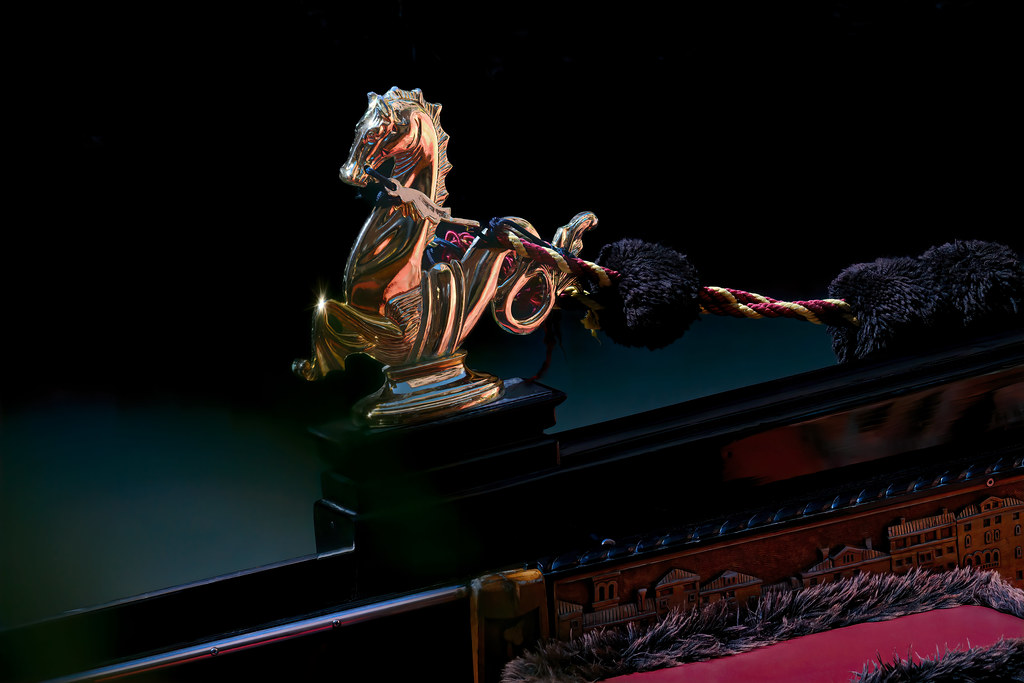
Competitive creation narratives, where different spiritual forces vie to create the most useful animal, frequently feature horses as the ultimate prize of divine contests. In some Plains traditions, Coyote and other creator figures engage in competitions to fashion the perfect riding animal, with each contributor adding different features that make horses uniquely suited to human needs. The Blackfoot tell of a contest between benevolent and malevolent forces, with the former creating horses to help humans and the latter creating predators that might threaten them. A Shoshone narrative describes how different supernatural beings contributed various attributes to horses: one gave speed, another gave endurance, while another provided loyalty to humans. These competition stories highlight the perfect balance of qualities that make horses exceptional companions and emphasize their composite nature as beings embodying multiple divine gifts.
Buffalo-Horse Relationships in Creation Stories
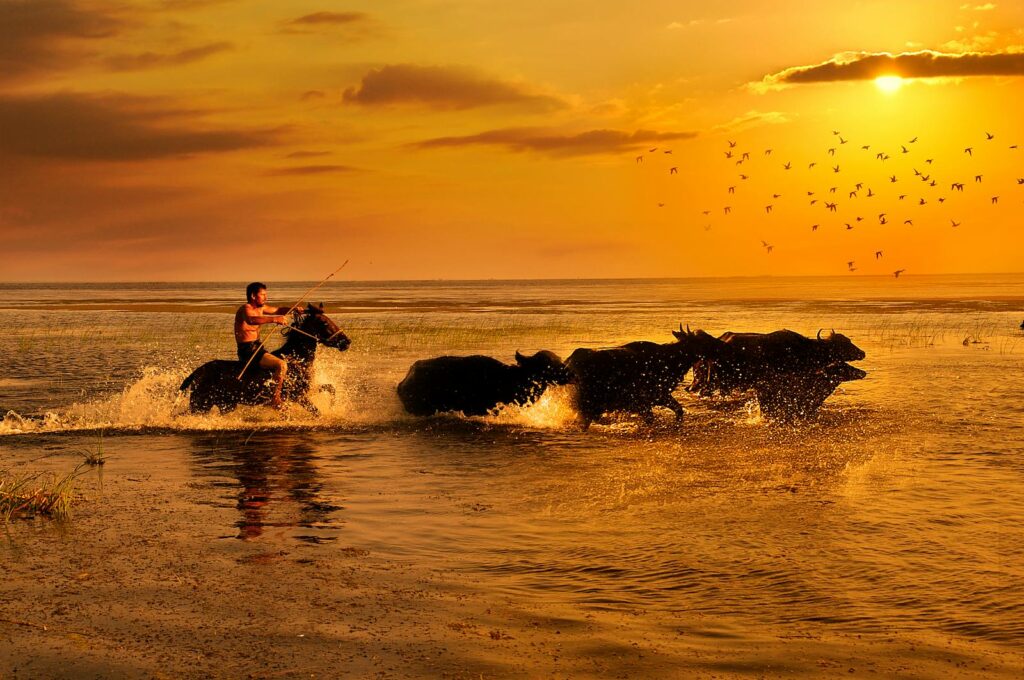
The spiritual and practical bond between horses and buffalo emerges as a central theme in many Plains tribes’ creation stories. Several traditions describe the two animals as spirit brothers, created together to support human survival. The Lakota speak of an ancient covenant in which buffalo provided sustenance and horses offered mobility to access it. In some Kiowa stories, the first horse transforms from a special buffalo, explaining shared qualities like strength, endurance, and herd behavior. These intertwined stories reflect Plains life, where acquiring horses dramatically enhanced buffalo hunting and reshaped economies and culture.
Horse Medicine and Healing Origins
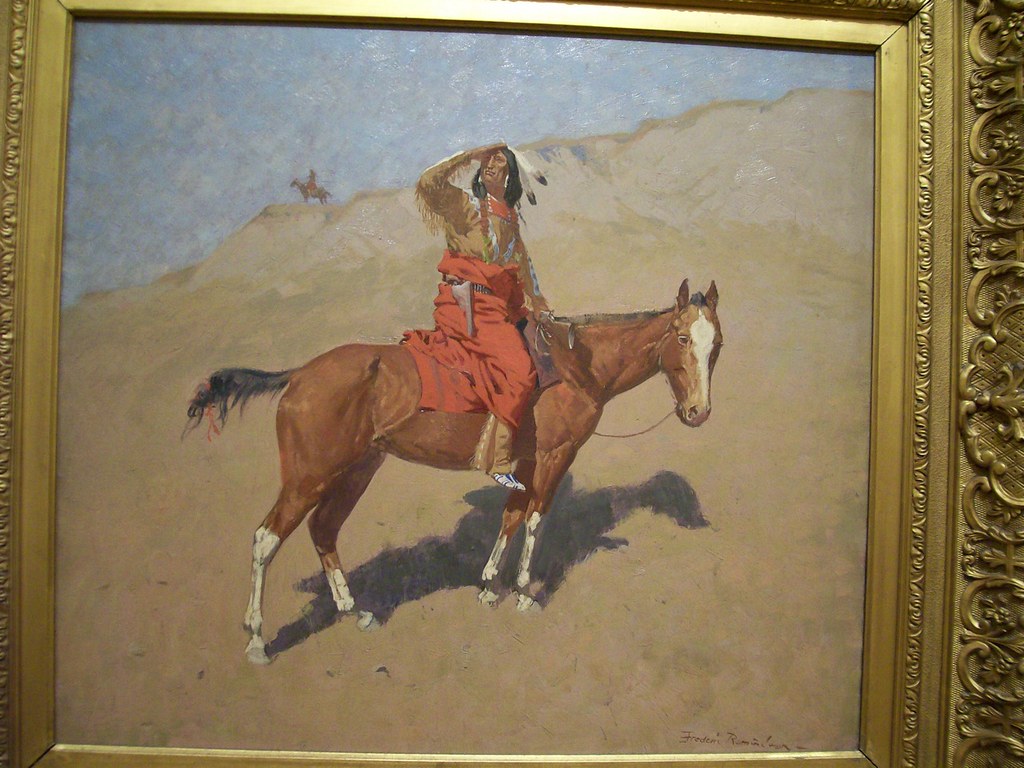
Creation narratives often explain how horses became central to traditional healing practices. Many tribal traditions include stories of spiritual beings who taught humans healing ceremonies involving horses—particularly for respiratory issues, broken bones, and spiritual imbalances. Navajo origin stories recount how the Holy People demonstrated the ceremonial use of horse hair, hooves, and other parts in medicine bundles and healing rituals. Among some Apache groups, stories tell how horses were given knowledge of medicinal plants and could help humans find them when approached with respect. These traditions portray horses not only as transport but as partners in maintaining health and spiritual balance.
Horses and the Creation of Social Order
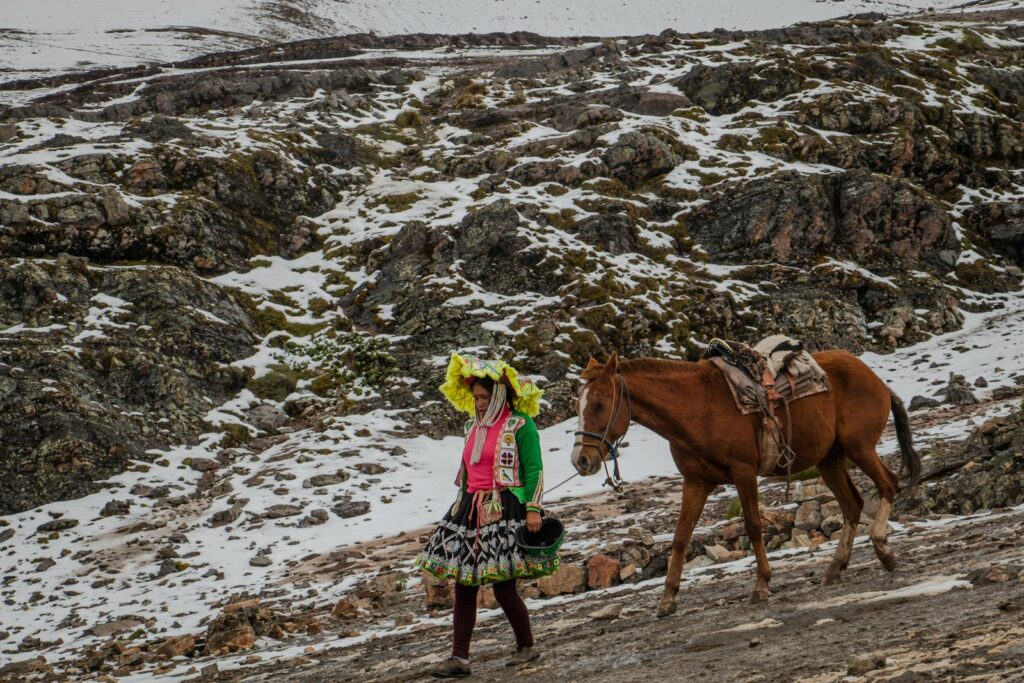
Some Native American creation stories attribute key social structures to the arrival of horses. Several Plains narratives describe how the initial distribution of horses established leadership roles, with those receiving horses becoming founders of respected clans or societies. The Comanche creation cycle includes stories about horses enabling the rise of military societies and changing gender roles by opening new avenues for earning status through riding and raiding. Crow traditions connect horse acquisition to the formation of their band system, emphasizing the animal’s impact on social organization. These stories mythologize historical changes, showing how deeply horses reshaped political and cultural life.
Contemporary Adaptations and Living Traditions

Despite historical disruptions, horse creation stories continue to evolve and maintain relevance in contemporary Native American communities. Modern Lakota horse cultures have incorporated Christian elements into traditional horse origin stories, creating syncretic narratives that accommodate historical changes while preserving essential spiritual connections. The Navajo Horse Youth Program explicitly teaches traditional horse creation stories alongside practical horsemanship, ensuring cultural continuity through hands-on engagement with living animals. Several intertribal horse sanctuaries maintain breeding programs for traditional horse types while serving as educational centers where creation stories are actively taught and commemorated through seasonal ceremonies. These contemporary adaptations demonstrate the resilience of Native horse traditions and their continuing significance as sources of cultural identity, spiritual teaching, and ecological wisdom.
Conclusion: Horses as Living Embodiments of Creation
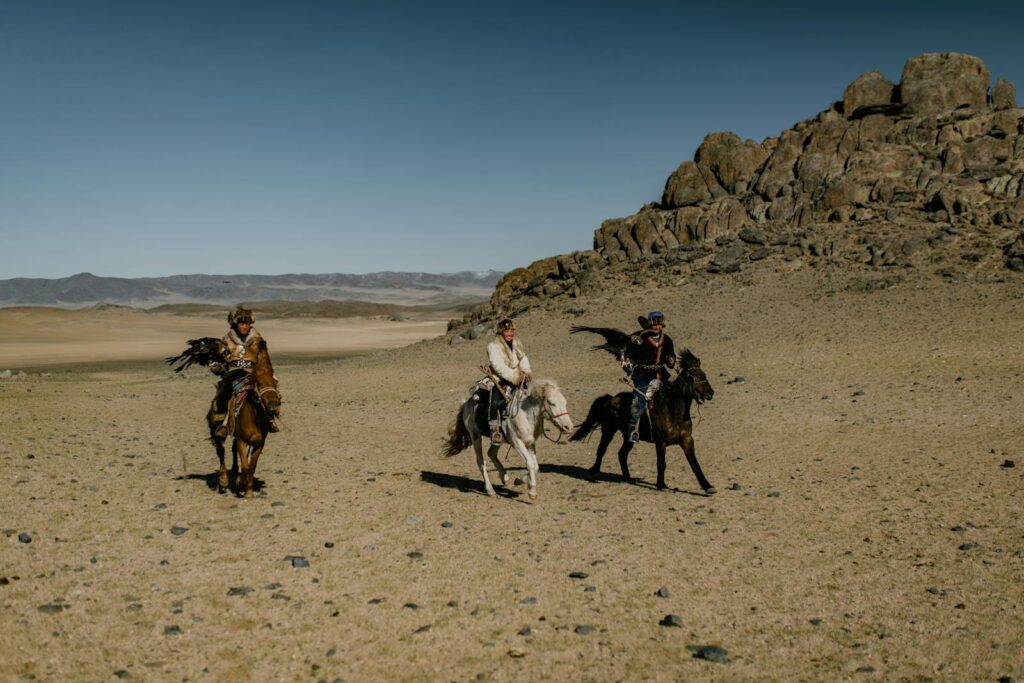
The rich roles horses play in Native American creation stories reveal their identity not just as animals but as living embodiments of cosmic principles. Through these narratives, horses transcend their physical form to symbolize transformation, connection, and harmony between humans and nature. They serve as bridges to creator beings, celestial forces, and ancestral wisdom. Despite historical complexities surrounding their reintroduction to the Americas, Native creation stories have fully integrated horses into spiritual cosmologies that still guide and inspire. Far from being static myths, these stories remain dynamic traditions that affirm horses as sacred gifts and enduring partners in the journey of life.

